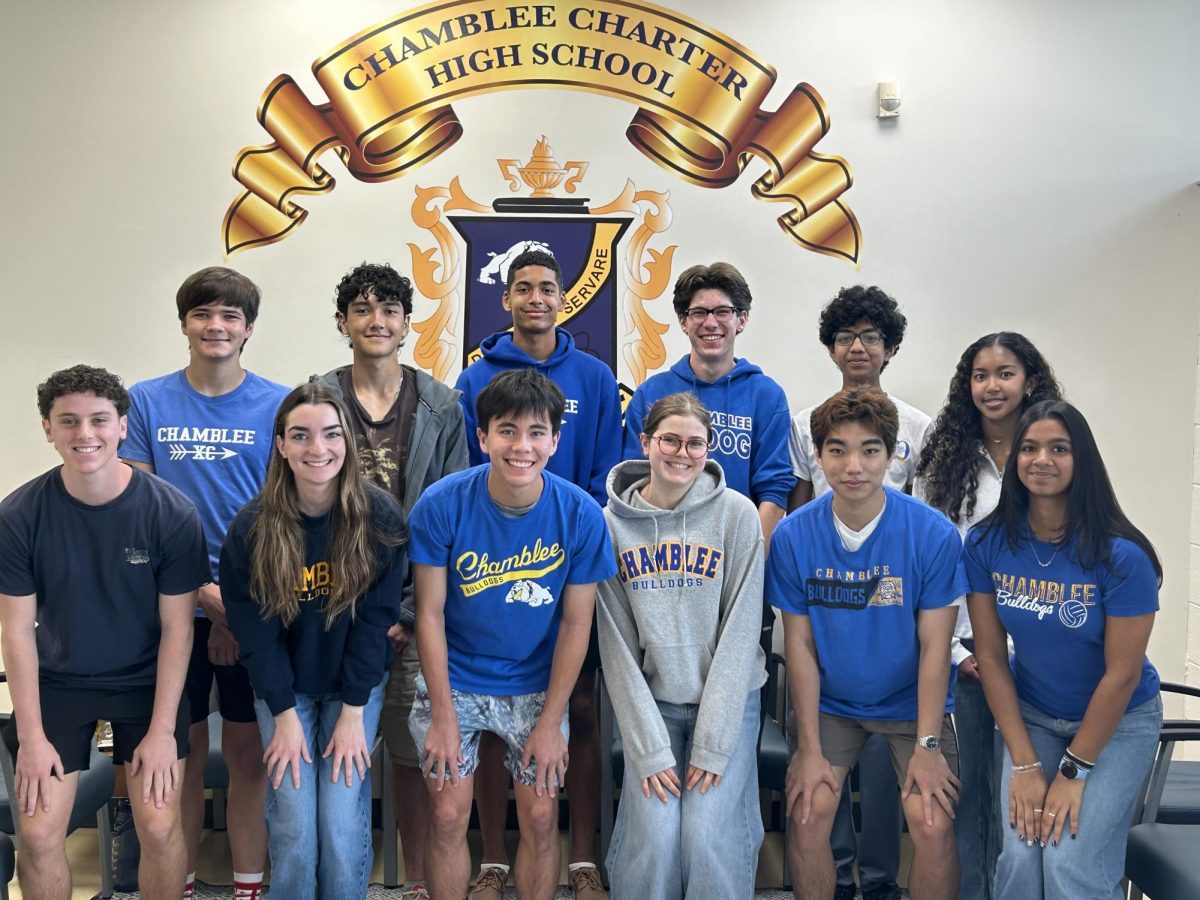Students who do not speak English are normally put into preliminary ESOL classes prior to their integration into English-speaking classes. However, the continuing problems in the ESOL program at Chamblee Charter High School make it an environment less than conducive to student success.
As a result, classes which ESOL students take in English can be challenging for them, as they have not yet developed language skills necessary for understanding.
“What worries me most this school year is not passing my history class, since I don’t really understand the different events from the past, which my teacher teaches in English,” said junior Roxana Diaz, whose teacher is Samantha Gilliam.
Difficulties with English and with their classes continue to accumulate as the students progress at Chamblee.
“A problem I have is that my pronunciation is not good, but I am trying to improve. That is a reason why, sometimes, we do not communicate well with teachers,” said junior Hasan Taki.
Some ESOL students find the English-learning opportunities which the school offers lacking. They suggest that the school should modernize its teaching.
“I would like them to teach us more English and use new methods to do so, because we only learn from what we hear in class,” said Diaz. “For example, they could create an after-school program for the kids that do not speak English, and help them in what they did not understand in class.”
These students feel that ESOL teacher Toni Humphrey has been the most helpful in their education and support. Although her Spanish is not the most accurate, because her first language is English, she still makes a huge effort to help her students.
“There are many students that struggle with [English]. I get a lot of students that speak very little English when they arrive,” said Humphrey. “It’s not possible for them to go into any classroom and understand academic language. Research says that it requires an ESOL student two years for social language, and it takes seven years for academic language [to develop].”
Students suggest that their education could be improved by having another ESOL teacher to support their learning since there is only one ESOL teacher.
“I feel that they [a new ESOL teacher] can help the students who do not understand English more, and thus students could improve their grades,” said Roxana Diaz.
Students are not the only ones who believe that adding another ESOL teacher would improve the system as a whole.
“I am the only ESOL teacher, and I only teach English. I feel that we need an ESOL teacher in every content area, so that our ESOL students get the personal instruction that they need,” said Humphrey.
Learning English for 55 minutes [a class period] is not sufficient for ESOL students. They also have other classes in which they need extra help due to the bare understanding of the English academic language.
“When I was a ninth grader I understood math and a little bit of English but nothing in geography,” said Taki. “I did not understand her [my teacher] at all.”














